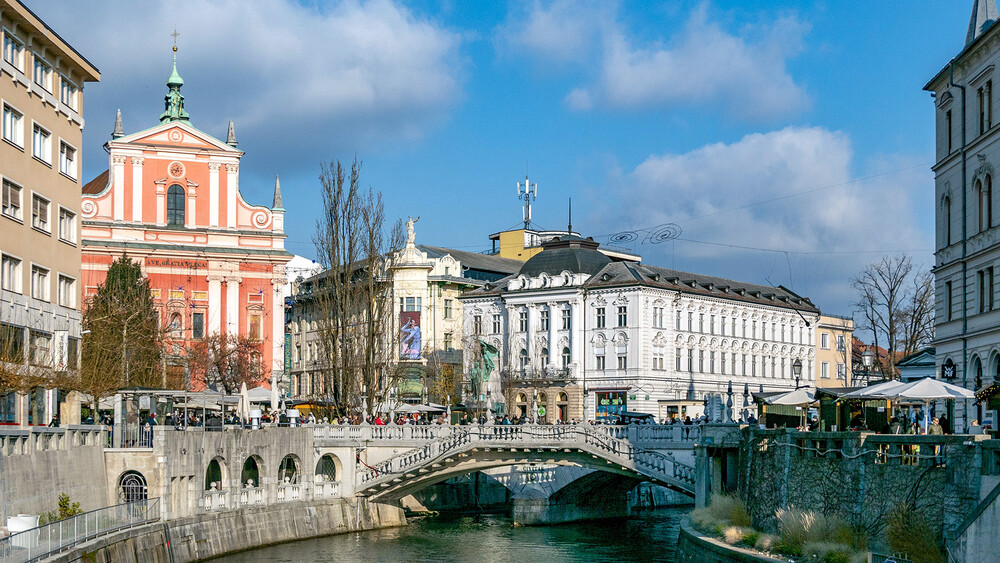History of Origin
The location where Ljubljana stands today was favored by the ancient Romans, who built the aforementioned city of Emona there.
In subsequent centuries, Ljubljana became part of many powerful empires, such as the Habsburgs and the Kingdom of Serbs, Croats, and Slovenes.
At the end of World War II, Ljubljana became part of the unified state of Yugoslavia.
It remained there until 1991 when Slovenia gained independence.
Name Significance and Origin
What lies behind the name Ljubljana? The Ljubljanica River flows through the center of Ljubljana.
In the Middle Ages, both the city and the river were known by the German name Laibach.
Linguists are still not entirely sure about the origin and subsequent meaning of the name, but most experts agree that it likely comes from the Slavic word "ljuba," meaning "love and to like."
It seems that Ljubljana simply means "the one that is liked."
Must-See Attractions
If you visit the capital of Slovenia, be sure not to miss the following interesting places:
-
Ljubljana Castle
The dominant feature of the entire city is Castle Hill with the majestic Ljubljana Castle.
The first mention of it dates back to the 12th century AD, but the settlement of the hill dates back to 1200 years BC.
You can reach the hill either on foot or by cable car. -
Triple Bridge
A world-famous architectural rarity is Ljubljana's Triple Bridge. It consists of three interconnected bridges standing close to each other.
The oldest, known as the hospital bridge, had its original wooden version standing as early as the 13th century.
The other two bridges were built between 1929 and 1932, initiated by the world-famous Slovenian architect Josip Plečnik. -
Tivoli Park
For lovers of peace and nature, a great tip is to visit Slovenia's largest urban park, Tivoli.
You'll find dozens of quiet spots by ponds, local botanical gardens, or by a chateau of the same name.

